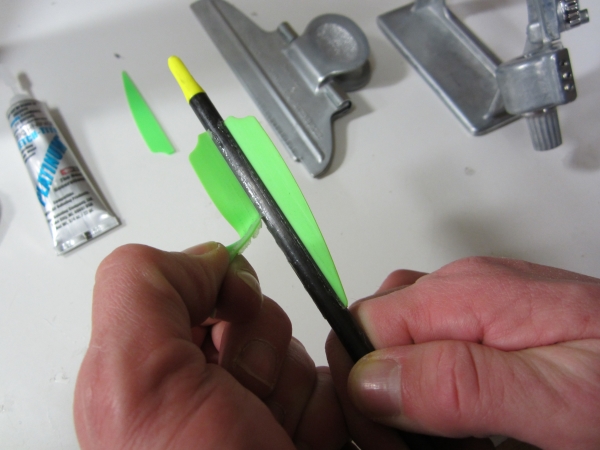Most beginner archers the first bow they purchase is a recurve bow. A recurve bow is the modern evolution of the traditional longbow. A recurve bow is simple to use, easy to put together, and can support most of the same accessories as a compound bow.
A recurve bow has just three main parts: the riser, the upper and lower limbs, and the bow string. The riser is the middle of the bow and is the handle. The riser is where the limbs attach. The sights, arrow rest, and stabilizer attach to the riser as well. Risers are made from wood, aluminum, carbon fiber and other space age materials.

The upper and lower limbs are the part of the bow that flex. The springiness of the limbs is where the energy to shoot the arrow comes from. Most limbs can be interchanged with risers so as you grow new limbs can be purchased with greater length or draw weights. Limbs are made from wood, fiberglass, carbon fiber, and even foam. Total bow length is measured from the string nocks at either end of the bow when attached to the riser and referred to as “nock to nock”. Limbs on recurve bows bend (or recurve) towards the back of the bow which allows for a more powerful bow in a shorter package.
The string is what holds tension on the limbs. The arrows clips below the nocking point on the string and when pulled causes an increase in tension on the limbs. As the string is released the limbs return to their original tension and cause the arrow to shoot. Strings are usually 4” shorter than the nock to nock length of the bow.

Recurve bows for an average size adult range from 66” to 72” nock to nock in length. The longer the bow is, the more balanced it will feel to the archer when shooting. However, if a bow is too long the bottom limb will hit the floor when shooting. Children ages 10 and up can start with a 62” bow and either change the limbs or buy a bigger bow as they grow.
Draw weight is the toughest part of correctly choosing a bow. The heavier your draw weight, the faster your arrows will fly, making your shots more accurate. When choosing a draw weight, pick the heaviest poundage you can pull time and time again. An archer practicing may shoot a couple hundred arrows in a session and if the draw weight is too heavy then damage to the archer’s shoulder, back, and arm is likely to occur.
A rough guide to draw weight is 20lbs for children, 25-27lbs for teens, 30lbs for an adult woman and 40lbs for an adult male. Try drawing different weights of bows in the shop or archery club to get a feel of what you can handle. After a few weeks your muscles will build up making it easier to draw and shoot your bow. Keep this in mind when choosing your draw weight so you don’t have to purchase heavier weighted limbs too soon after getting your bow.
Sights help aim your bow and although not necessary do make a big difference. Get a good quality sight that can handle a range of distances from 10 yards up to 50 yards or more. Some tournaments start at distances of 70yards, so a sight that can handle these distances with a small pin diameter and a magnifier are almost a necessity.

An arrow rest supports the arrow on the bow minimizing contact points with the riser allowing the arrow to fly straighter. A stabilizer is a long rod made from carbon fiber about 28” long that screws on to the back of the bow. A stabilizer counterbalances the weight of the draw allowing for smoother releases and directs vibration from the release away from the bow making for smoother shots. Stabilizers are another option that does make a difference. Many archers carry different lengths and weights of stabilizers for the variety of shooting conditions they will encounter.
Arrow length and size is chosen based on your draw length plus 2” and the draw weight of your bow. To determine draw length have a friend hold a yard stick out in front of you with the end touching your Adam’s apple. Reach out in front and touch the yard stick as if clapping your hands at arms length. The distance in inches where your middle fingers touch the stick is your draw length. An average draw length is 28” for an adult. Once you have determined your draw length, add 2” for your correct arrow length.
Recurve bows are fun to shoot and fairly cheap to purchase. They require very little maintenance and if treated well will possibly last a new archer a lifetime. Be sure to unstring your recurve bow when not in use and keep it along with all the accessories safely stored in a case.
Copyright 2019 Mike Wilson



